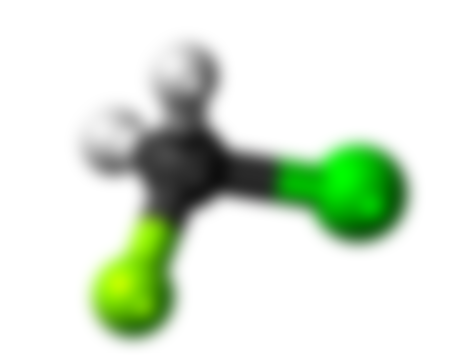What Even Is It? CFCs and the Ozone Hole

After being discovered for its ozone layer-depleting properties in the 1970s, Chlorofluorocarbons (CFCs) triggered one of the most successful and unified worldwide planet-awareness movements. Though President Ronald Reagan praised efforts to restrict its use as “a model of cooperation” and a “monumental achievement,” the fact that almost every country at the time agreed to ban it hints at the severity of this issue. Indeed, despite 196 countries ratifying the ban on CFCs and other ozone-depleting substances (ODS), the effects of using it for more than 50 years are still very much prevalent today.
In 1927, General Motors produced a nontoxic coolant for refrigerators, revolutionizing the refrigeration industry. Up until this point, refrigerators used ammonia, methyl, methyl chloride, and sulfur dioxide to stay cool, all of which are toxic and had led to many accidents. CFCs and halocarbons made fridges much safer for home use and hence, starting in the 1930s, all of General Motors’ competitors synthesized their own version of CFCs. Du Pont and General Motors built a plant specifically to produce Freons, the trademarked name for CFCs. This extremely versatile chemical’s different forms quickly became employed for various tasks. It’s non-toxic property made Freon-11 the preferred, and at one point mandatory, coolant for air conditioning. Freon-12 became the primary propellant for aerosol cans after World War II. Companies used other forms of it to make foam, packing material, and car ACs.
Unfortunately, this miracle gas soon proved to possess a detrimental property. Though humans can safely inhale CFCs, it destroys the stratospheric ozone and the ozone layer. Ozone in the stratosphere, about 50 kilometers above the Earth’s surface, shields us from damaging UV lights such as UVC. Without that protection, we’re put at a high risk of cataracts, skin cancer, and radiation. Ozone (O3) is a highly unstable molecule and regularly converts between O + O3 (its “normal” state) and 2O2 (oxygen gas). However, CFCs contain chlorine which, as a halogen with 7 valence electrons, is prone to bonding with other molecules. Once the sun breaks the chlorine molecules off the CFCs, they start to bond to all the ozone, speeding up the conversion from ozone to oxygen and chlorine monoxide. To make things worse, chlorine in chlorine monoxide can break away from the oxygen molecule it’s bonded to and continue destroying more ozone. All of this was discovered in the 1970s by two University of California Professors and later confirmed via satellite imaging. Over the next decade, scientists observed the ever-worsening problem continuing to eat away the ozone layer.

Fortunately for the health of the planet, Johnson and Johnson and other companies began voluntarily removing CFCs from their aerosol bottles. American companies making alternatives quickly found that the new products were highly profitable and pushed the United States government to lead the ban on CFCs. In 1987, the Montreal Protocol did just that, leading to a global phasing out of chlorofluorocarbons. By bringing awareness to the issue and persistently pressuring companies, campaigners like Greenpeace got Du Pont and other CFC producers to steer away from ODS and other damaging chemicals.
As for what happened to the big ozone hole over Antarctica, thankfully, it has slowly repaired itself. When CFC bonds with methane, it becomes fairly stable and precipitates down to the ground where it can’t do as much damage. As a direct result of the Montreal Protocol and subsequent amendments, the ozone hole continues to shrink and, by the 2030s, is predicted to fully recover.
What do you think about the ozone hole?
State Government. "The Montreal Protocol on Substances That Deplete the Ozone Layer - United States Department of State." 16 Sept. 2020. Web. 24 Sept. 2020.
US Department of Commerce, NOAA. "NOAA Global Monitoring Laboratory - Halocarbons and Other Atmospheric Trace Species." 01 Oct. 2005. Web. 24 Sept. 2020.

